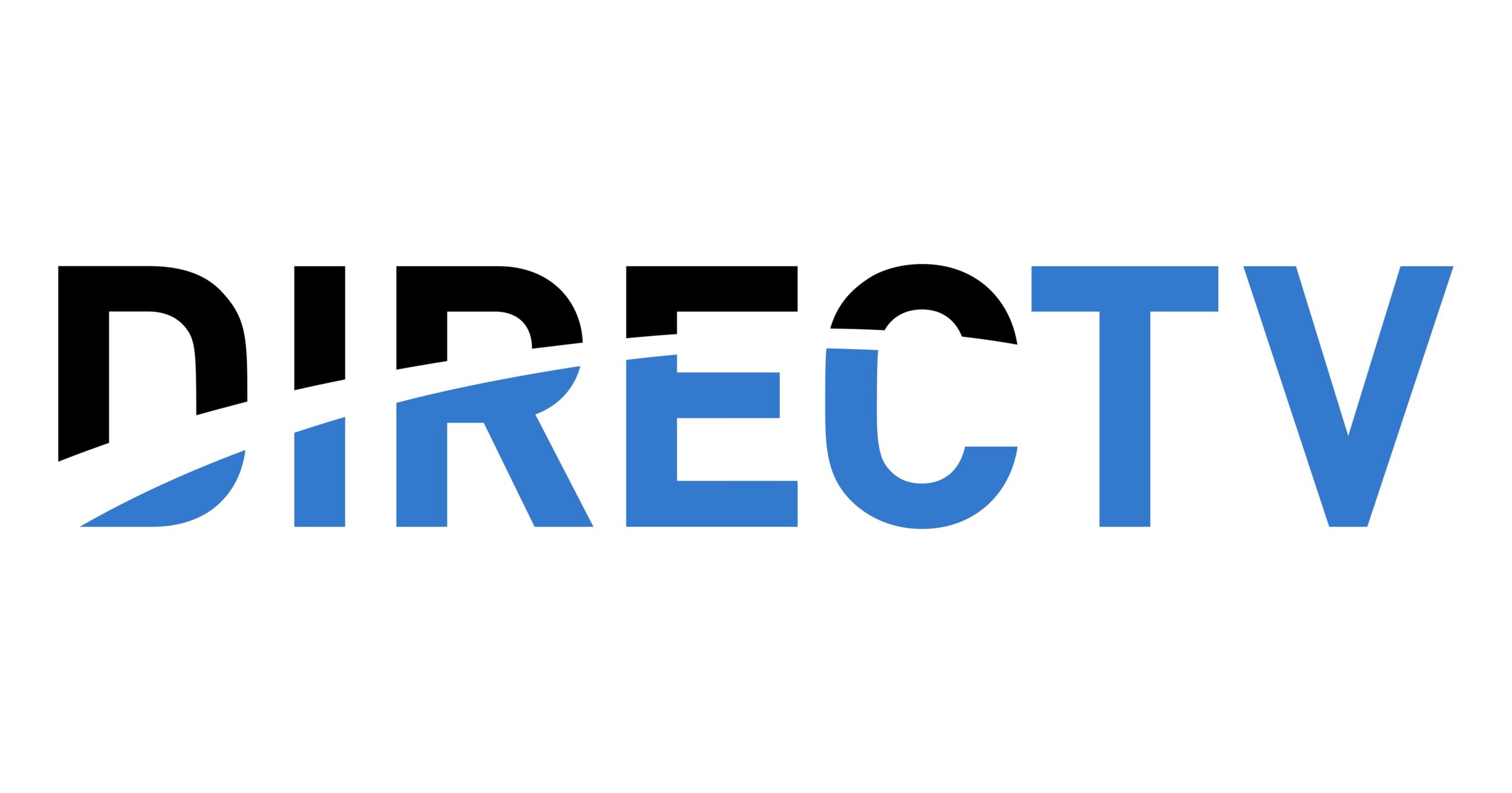Bussiness
I started an e-commerce business with $5,000 upfront after writing about financially independent Amazon sellers. Here’s how I doubled my budget.
- Inspired by successful e-commerce entrepreneurs, I decided to try my hand at selling on Amazon.
- I set a $5,000 budget, enough to launch something basic and an amount I was comfortable losing.
- Teaming up with a friend doubled the budget, and now we have $10,000 to work with.
Reporting about financial independence for three years has introduced me to a slew of money-making strategies.
There’s the classic buy-and-hold real estate approach, which has always intrigued (but also intimidated) me. There are lesser-known strategies like franchise investing, which can require a sizable upfront investment, and flipping sneakers, which can be low-budget but time-intensive.
And then there’s e-commerce, which seemed to me to be the most approachable — and with a lot of potential upside.
One entrepreneur, Shan Shan Fu, told me how she does $40,000 in monthly revenue selling socks and tights on Amazon; another, Joe Reeves, designed a minimal wallet that brings in more revenue in a month than he used to make in an entire year from his day job. They both started their e-commerce companies as side hustles.
Sure, it took time and commitment to create a product and build a brand, but their descriptions of launching Amazon shops did seem relatively straightforward. Fu, who has a background in consulting, relied on free YouTube videos to get started. Reeves signed up for Helium 10, a popular software that Amazon sellers use to grow their online businesses. Included in the subscription is an online course about FBA (fulfillment by Amazon) that he tuned into.
These conversations got me thinking: Is starting a profitable Amazon business … simple?
Were these e-commerce whizzes just that: whizzes? Or, could anyone — including a 31-year-old reporter with some savings and a couple of free hours after work — make money selling things online?
I decided to find out for myself and document each detail of the process from start to finish.
Teaming up with a friend to double my $5,000 budget
When I considered how much of my own money I wanted to invest in this experiment, $5,000 seemed reasonable. It was enough to launch something (after all, Fu started her Amazon store with just $2,000), and it was an amount I felt comfortable losing if no one ended up buying my product.
A bigger budget would be better — I’d always heard that startups cost twice as much and take twice as long as you think — and there seemed to be an easy solution: Double the founders to double the budget.
My cofounder, a friend and former roommate, wasn’t hard to find. He lived 10 paces down the hall from me at the time in our three-bedroom apartment in LA. Both former collegiate tennis players, we’d met playing a different racket sport called paddle tennis at Venice Beach. Like me, he spent more time teaching tennis than playing it since graduating. Our laundry room, which doubled as communal storage space, overflowed with rackets, ball hoppers, and tennis shoes.
We’d been toying with the idea of starting an e-commerce business since the spring of 2023 when I mentioned one of the Amazon stories I was working on. He was as curious as I was and also had the savings and bandwidth to dedicate to a side project. Double the founders would not only mean double the budget but double the skillset and double the network.
Our third roommate was also entrepreneurial, juggling several side hustles outside his day job. That spring, our common room transformed into a bit of a war room. Some of our early steps included messing around with Helium 10, searching for high-demand products, and doing outreach on Alibaba to understand how to find and communicate with manufacturers.
The project slowed down when I moved to NYC that summer. We lost our war room and, with it, momentum, but recommitted in the winter of 2023. We made a financial commitment — we would each put up $5,000 of our own savings — and reached out to experts in the industry for advice. The more people we told about our project, the more obligated we felt to follow through.
We needed all the accountability we could get. Anyone can dream up an idea in their common room — that’s the fun and easy part — but taking that idea and turning it into something tangible requires commitment, momentum, and guidance. The execution part is the really hard part, especially when you’re both working full-time, have steady paychecks, and don’t necessarily need the business to work.
It’s half as hard, though, with the right partner.






